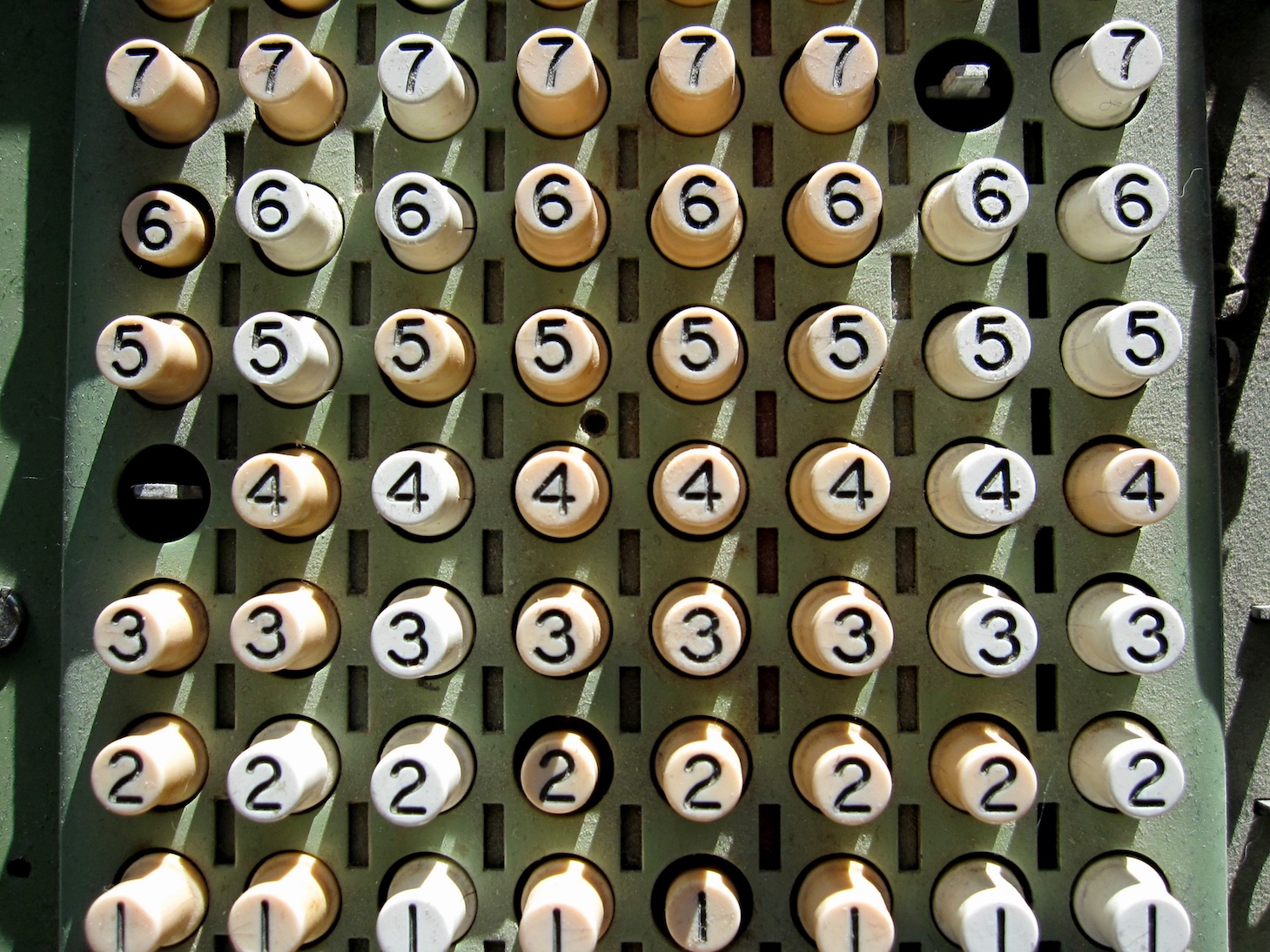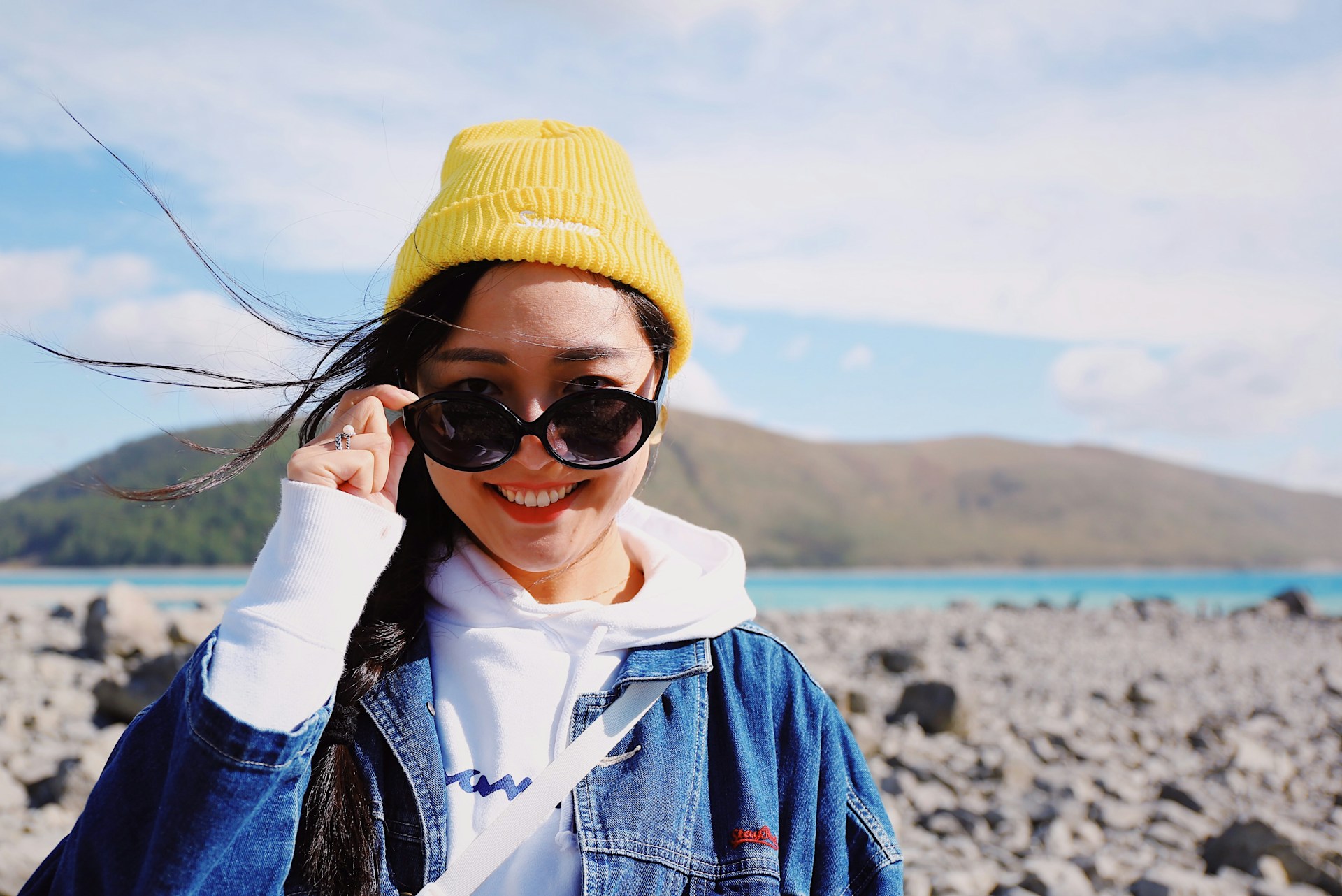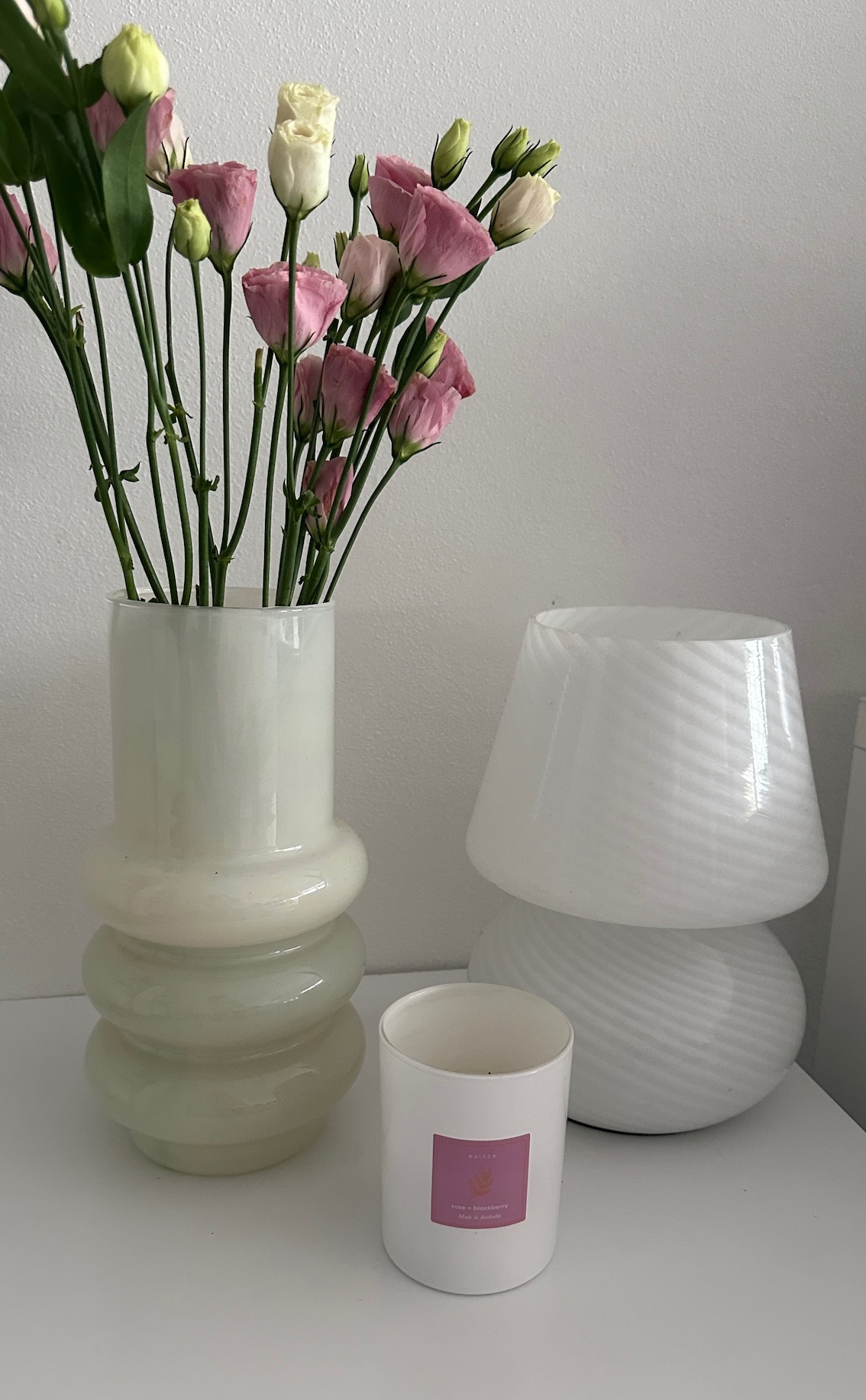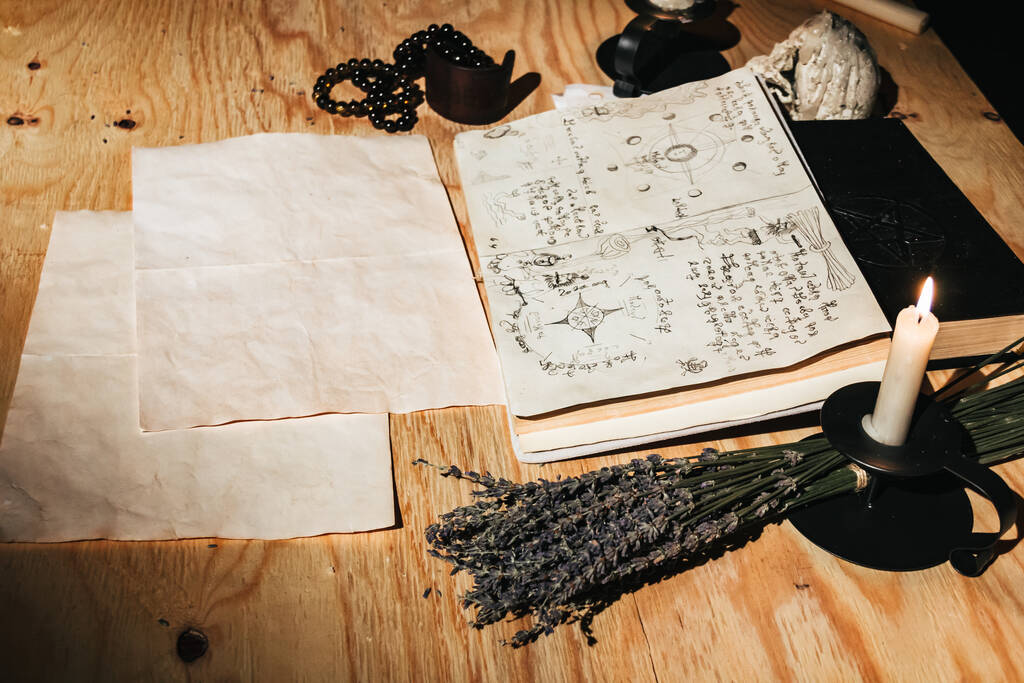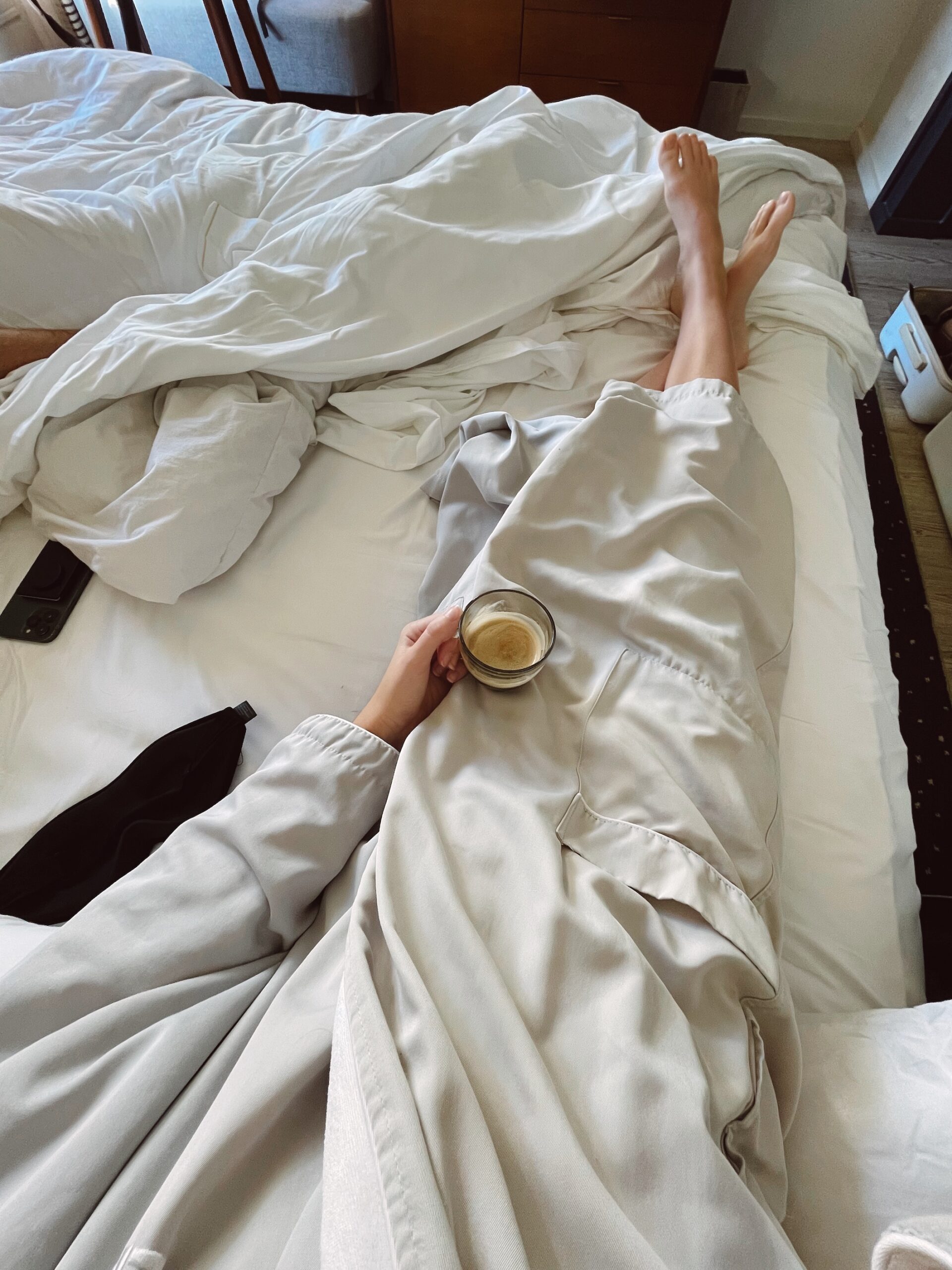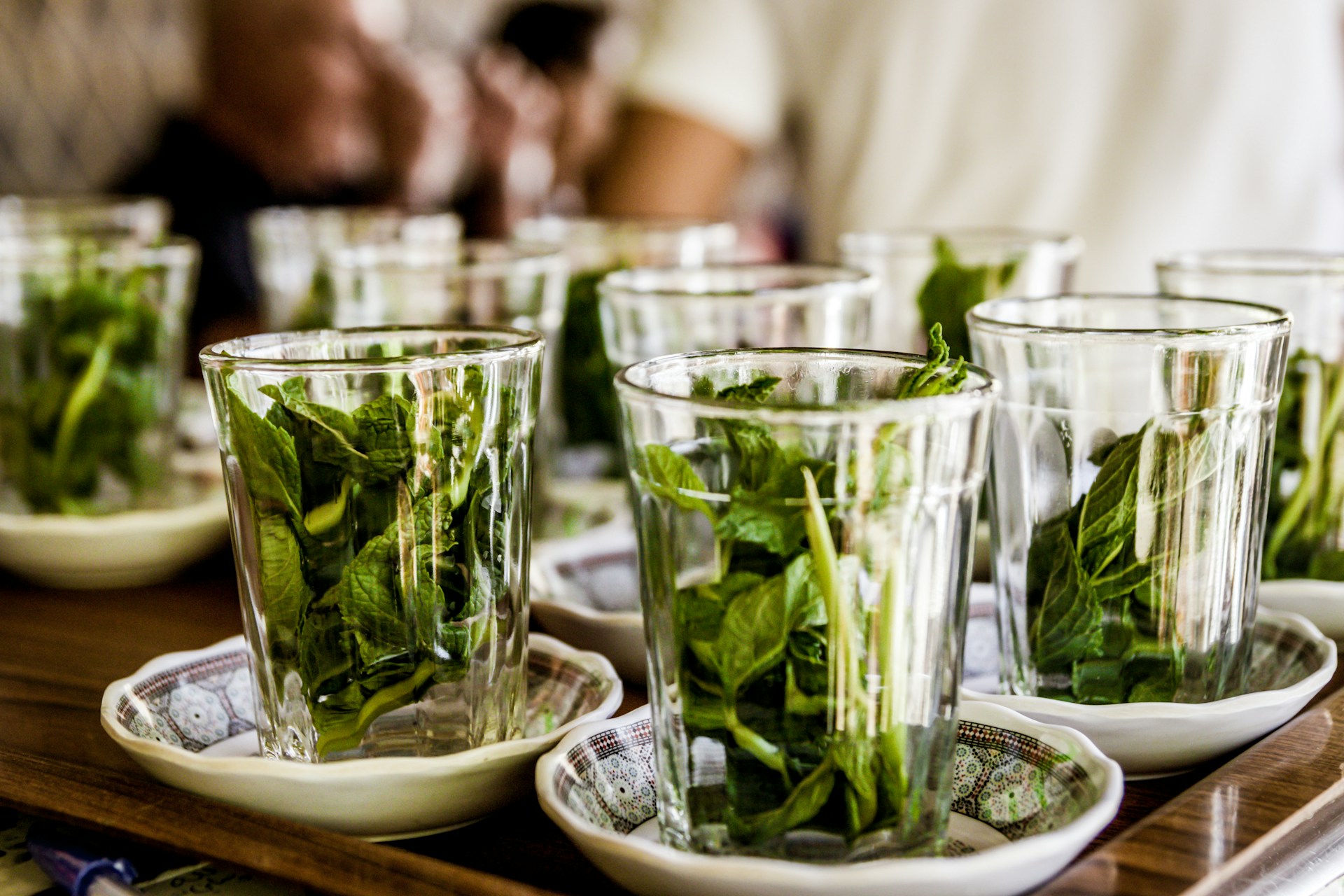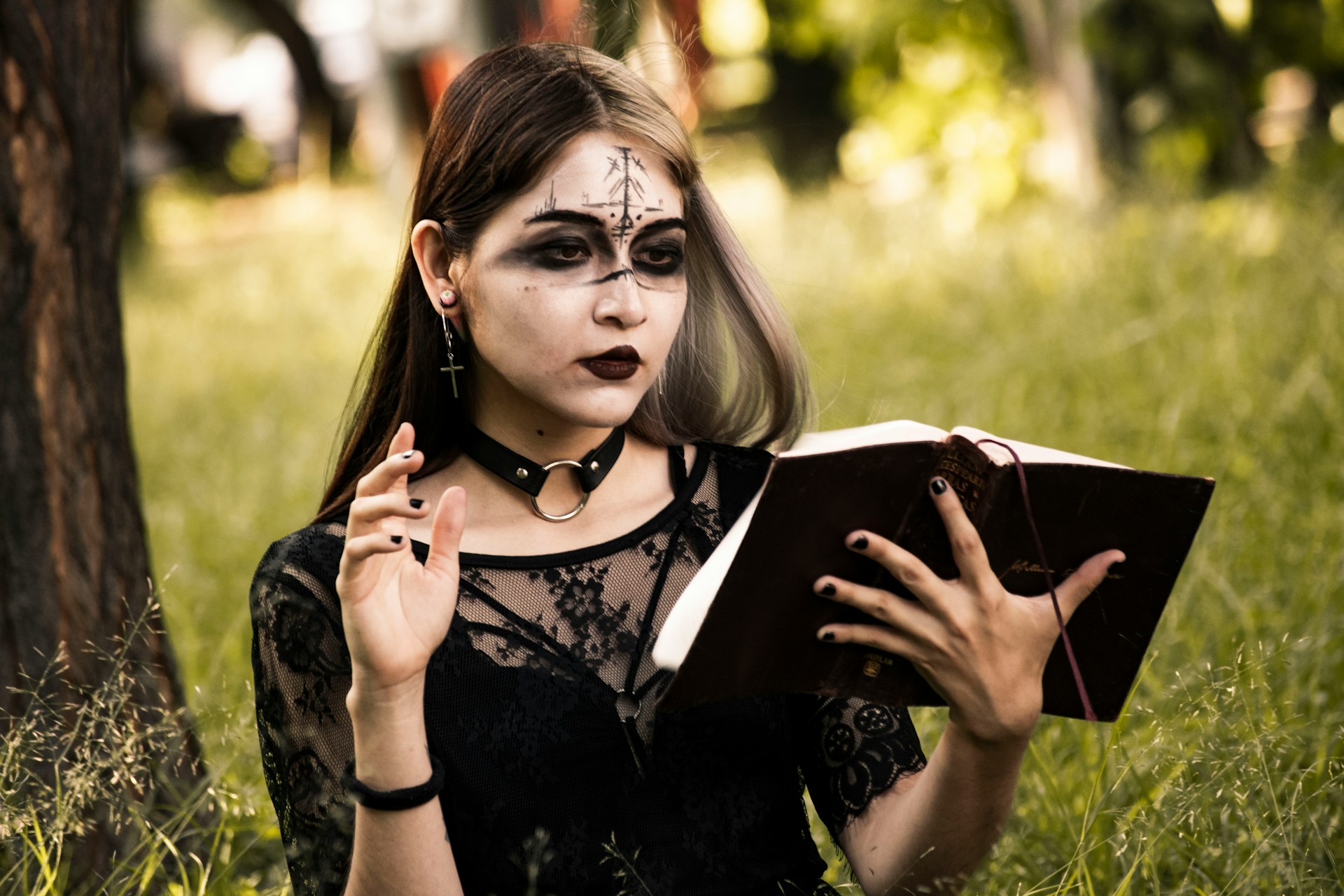We all love a good costume party, right? Dressing up as someone or something else, stepping into a different persona for a while—it can be fun. But what if I told you that wearing a costume could do more than just make for a good Instagram post? Costumes have long been used as tools for transformation, especially when it comes to spiritual growth.
From ancient ceremonies to modern spiritual practices, what we wear can have a significant impact on how we see ourselves and how we connect with the world around us. Costumes offer a way to explore aspects of yourself you may not even know exist, all while giving you a deeper sense of purpose and connection.
This article isn’t about Halloween or cosplay (though those can be fun too). We’re diving into how intentional dressing up can foster spiritual growth. Whether you’re looking to align with your higher self, connect with a particular energy, or even manifest something into your life, a carefully chosen costume can be a surprisingly effective tool.
Let’s break down how you can use costumes as part of your spiritual practice—and why it works.
The History of Costumes in Spiritual Practices
Costumes and spirituality have a long history together. In various cultures, what people wear often symbolizes their journey, their transformation, or their connection to something greater than themselves. Let’s take a look at some examples from across time and tradition.
In ancient Egypt, priests and priestesses wore elaborate outfits during rituals, not just for the visual impact but to represent deities and channel divine energy. Dressing as a god or goddess was believed to allow the wearer to step into their role more fully, enhancing their ability to communicate with the spiritual world. Likewise, Native American tribes have used costumes in rituals for centuries, often dressing as animals to invoke the spirits of those animals for guidance or strength.
Moving eastward, we see how monks and spiritual leaders across Asia wear specific garments to signify their spiritual status. The saffron robes of Buddhist monks, for example, are meant to represent humility and a renunciation of worldly desires. These outfits aren’t just for show; they carry deep symbolic meaning.
Even in contemporary times, you’ll find spiritual leaders from different backgrounds donning specific attire during ceremonies. It’s a practice that has endured because it works. Dressing with intention—especially when it involves ritual—can shift your mindset and prepare you for a deeper spiritual experience.
The Psychology of Dressing Up
Why do costumes work so well when it comes to spiritual practices? The answer lies in the psychology of dressing up. Our clothing doesn’t just affect how others see us; it affects how we see ourselves.
There’s a psychological concept called “enclothed cognition,” which refers to how the clothes we wear impact our thoughts, feelings, and performance. When you put on a specific outfit—whether it’s a business suit, gym clothes, or a costume—you start to embody the qualities associated with that outfit. It’s a bit like method acting. You slip into a role, and suddenly, your mindset changes.
So, when you wear a costume as part of your spiritual practice, you’re not just playing dress-up. You’re consciously stepping into a new mindset. Whether you’re dressing as a symbol of protection, transformation, or divine energy, that costume helps you embody those qualities more fully. It’s not just about external appearance—it’s about inner transformation.
By aligning your clothing with your spiritual intentions, you give your mind and spirit a powerful cue to shift into a more focused, elevated state. It’s a simple but effective way to deepen your practice.
Types of Spiritual Costumes
Not all costumes are created equal when it comes to spiritual growth. Depending on your goals and practices, you might gravitate toward different types of spiritual attire. Here are a few common categories to consider.
Ritual Robes
Ritual robes are probably one of the most recognized spiritual garments. These are often used in ceremonies and are typically simple, loose-fitting garments that allow for ease of movement and focus. They’re designed to minimize distractions and help you concentrate on the ritual itself. Many robes are symbolic in their color and design, each element carefully chosen to represent different spiritual energies or deities.
Animal-Themed Outfits
Animal symbolism is huge in many spiritual practices, from shamanism to Wicca. Dressing as an animal can invoke its energy—think strength, wisdom, or protection. Whether it’s a full costume or a symbolic accessory like a mask or feathers, embodying an animal through your attire can help you connect with its spirit and traits.
Celestial or Elemental Costumes
If you’re drawn to astrology, magick, or elemental energies (earth, air, fire, water), costumes reflecting these themes can enhance your spiritual practice. Wearing outfits or accessories that represent celestial bodies or natural elements can help you channel those energies during rituals or meditation. For example, wearing silver or star motifs might help you connect with lunar energy, while earthy tones and natural fabrics could ground you in earth energy.
Each of these costumes serves a specific purpose, helping you focus your spiritual work in different ways. The key is to choose a costume that resonates with your intentions.
Creating Your Spiritual Costume
So, you’re ready to create a spiritual costume. But where do you start? The good news is, this is a deeply personal process, and there’s no one-size-fits-all approach. However, there are some general tips to help guide you.
Choosing Materials and Colors
Start by thinking about what kind of energy or intention you want to bring into your practice. Different colors and materials carry different energies. For instance, white is often associated with purity and protection, while red might symbolize passion or courage. Natural materials like cotton, wool, or silk tend to carry a grounding, earth-based energy, whereas synthetic fabrics might not feel as connected to the natural world.
Symbols and Accessories
Don’t forget about the details! Incorporating symbols that have meaning to you can make your costume even more powerful. These could be religious symbols, astrological signs, or anything that resonates with your personal spiritual beliefs. Accessories like jewelry, headpieces, or belts can also enhance the energy of your costume. Just make sure every piece is chosen with intention.
The goal isn’t just to look the part—it’s to feel the part. When you create a costume aligned with your spiritual goals, you’re giving yourself a tool for deeper connection. It doesn’t have to be elaborate or expensive; it just needs to be meaningful to you.
Rituals and Practices with Costumes
Now that you’ve got your spiritual costume, how exactly do you use it in your practices? There’s no single “right” way, but costumes can enhance a variety of spiritual activities, from meditation to full-blown rituals.
Meditation and Visualization
One way to incorporate costumes into your practice is through meditation or visualization exercises. Imagine putting on your costume as a physical signal to your mind that it’s time to shift gears. Just as you might dim the lights or burn incense to set the mood, your costume can help create a sacred space.
For example, if you’re meditating on courage, wearing an outfit that makes you feel powerful can boost that intention. The tactile act of dressing up as a symbol of what you’re trying to cultivate helps you embody that energy, both mentally and spiritually. During visualization, the costume serves as a reminder of the qualities you’re channeling, making your practice even more effective.
Rituals and Ceremonies
Costumes are a natural fit for rituals and ceremonies. Whether you’re working with a group or solo, dressing with intention can deepen the impact of your ritual. For instance, in magickal rituals, specific garments can help attune you to the energies you’re invoking. Ritual robes are often worn during ceremonies to minimize distractions and create a sense of unity and purpose.
Animal-themed costumes, like those representing a totem or spirit animal, can be particularly powerful in rituals that involve shapeshifting or calling upon animal guides. Wearing the costume helps you symbolically step into the role of that animal, allowing you to connect more deeply with its spirit and the qualities it represents.
Whether you’re engaging in a full ceremonial ritual or something more low-key like lighting candles and reciting affirmations, the right costume can amplify your energy and intention.
The Role of Mindfulness and Intention in Costume Use
As with any spiritual practice, mindfulness is key when incorporating costumes into your routine. It’s not enough to just throw on an outfit and call it a day. To truly reap the benefits, you need to be intentional.
Setting Intentions
Before you even put on your costume, take a moment to set an intention. What are you hoping to achieve or feel through this practice? By taking a few minutes to align your mind with your spiritual goal, you’re giving the costume greater significance. Every time you put it on, you’re reinforcing that intention and signaling to yourself that it’s time for spiritual work.
Staying Mindful
While wearing the costume, stay mindful of how it makes you feel. Are you more confident, grounded, or energized? Pay attention to these shifts in your energy. This mindfulness will help you understand how the costume is affecting your practice and how you can refine it for future rituals or meditations.
Mindfulness helps ensure that you’re not just playing dress-up but truly using your costume as a tool for growth. The more intentional and aware you are, the deeper your spiritual experience will be.
Navigating Challenges and Misconceptions
While the idea of using costumes for spiritual growth may seem straightforward, it can come with its own set of challenges and misconceptions. Let’s tackle a few of the most common issues you might encounter.
Feeling Silly or Inauthentic
One of the most frequent concerns people have is feeling silly or like they’re just playing pretend. This can be especially true if you’re new to spiritual practices. The key here is to remember that your intention is what matters. Yes, dressing up can feel a little odd at first, but with time and practice, you’ll come to appreciate the power it holds in helping you shift into a different mindset. The more you engage with it, the more natural it will feel.
Cultural Sensitivity
Another challenge is navigating the fine line between inspiration and appropriation. Costumes that come from spiritual traditions you don’t belong to should be approached with care. Before adopting any attire or symbols from another culture, do your research. Make sure you’re honoring the traditions, not just borrowing them for aesthetic reasons. Spiritual growth is about respect and intention, not just looking cool.
If you’re ever in doubt, opt for costumes that are personal to your own beliefs or spiritual goals. This way, you can avoid missteps and focus on what feels right for you.
Costumes can be a powerful tool for spiritual growth, offering a way to explore different energies, enhance your rituals, and deepen your connection to your higher self. Whether you’re donning a simple robe for a meditation session or wearing a full animal costume for a ritual, the act of dressing with intention creates a stronger link between your physical self and your spiritual practice.
The key to making the most of this practice is mindfulness and intention. Every time you wear your spiritual costume, you’re reinforcing the qualities or energies you wish to cultivate. It’s not just about what you’re wearing—it’s about the purpose behind it.
So go ahead, explore this practice, and see how it can elevate your spiritual journey. Whether you’re looking to connect more deeply with yourself, with nature, or with something beyond, the right costume can open doors to new insights and experiences. Who knew a simple outfit could carry so much transformative potential?



